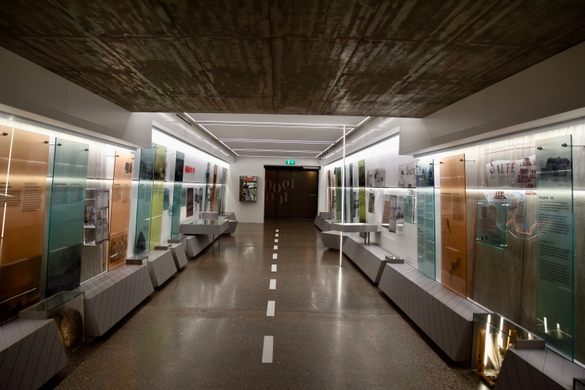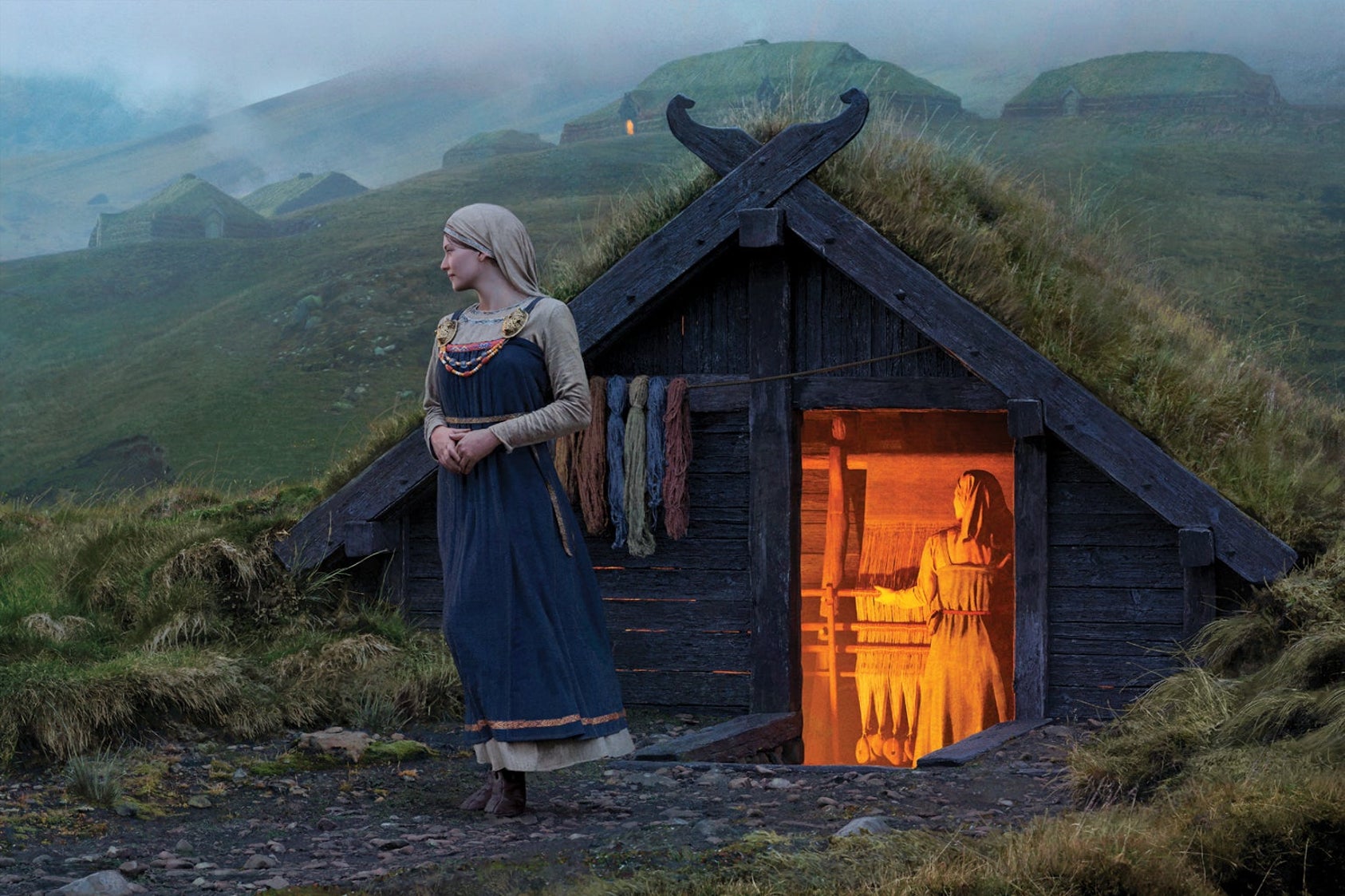
Knowledgable linguist Rob Watts of RobWords explained how the Old Norse language of the Vikings had a profound effect upon the modern English language with many very important words.
The Vikings raided, pillaged… and changed our language. Their Old Norse words invaded English and many remain to this day
This effect includes gender pronouns (she, he, them), key verbs (to be, to take, to crawl, to guess, to trust), words of violence (slaughter, ransack, club, knife, berserk), clothing words (skirt, shirt, shorts), words with “SK” origins (shabby, scabby, scatter, shatter, ship, skipper), doubled-up words (bathe, bask, ditch, dike, shriek, screech), English place names (Derby, Grimsby, Braithwaite, Langthwaite), Scottish place names (Jura, Lerwick), and surnames (Anderson, Carson, Harrison, MacAskill, MacArthur, MacIvor), and Norse gods (Thor, Tuesday, Wednesday).
Read the rest of this article...


